Mars One, the much-criticized proposal to colonize the Red Planet, has been declared bankrupt by a Swiss court.


Turns out it is smarter than we think.
It is well known that the circuits in this part of our nervous system, which travel down the length of our spine, control seemingly simple things like the pain reflex in humans, and some motor control functions in animals.
Now, new research from Western University has shown that the spinal cord is also able to process and control more complex functions, like the positioning of your hand in external space.
“This research has shown that a least one important function is being done at the level of the spinal cord and it opens up a whole new area of investigation to say, ‘what else is done at the spinal level and what else have we potentially missed in this domain?’” said the study’s senior and supervising researcher Andrew Pruszynski, PhD, assistant professor at Western’s Schulich School of Medicine & Dentistry and Canada Research Chair in Sensorimotor Neuroscience.
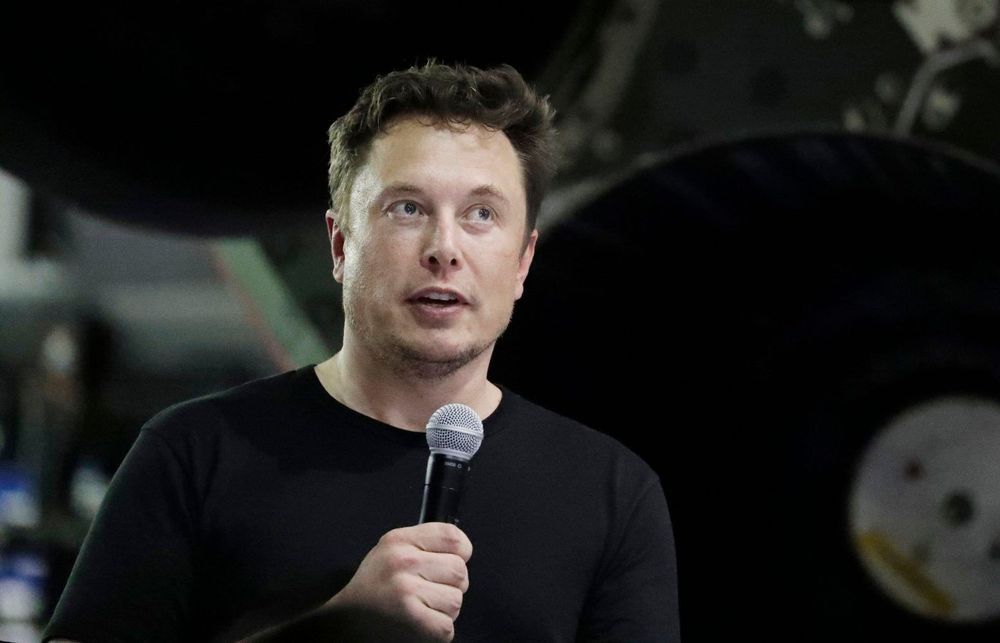
All hopes are on Mars to be the next big adventure for mankind, with groups like NASA working hard to make a manned mission to the Red Planet a reality and companies like SpaceX betting big on Earth-to-Mars travel.
SpaceX boss Elon Musk has long promised that living on Mars will be a reality within our lifetimes, even suggesting that he himself might move there at some point in the not-too-distant future. But once all the kinks are ironed out, how much is it going to cost to leave Earth behind and become a full-fledged Martian? Musk thinks he has the answer.
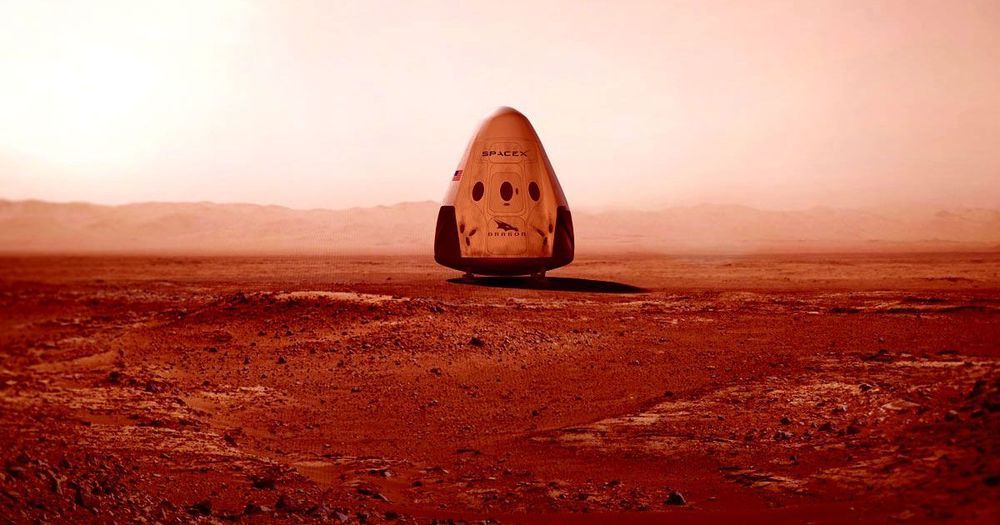
“Very dependent on volume, but I’m confident moving to Mars (return ticket is free) will one day cost less than $500k & maybe even below $100k,” he wrote. “Low enough that most people in advanced economies could sell their home on Earth & move to Mars if they want.”
The extraordinary ambition of Musk’s prediction wasn’t lost on some Twitter users. “Fyre Festival Part Deux,” one replied.
Maybe that skepticism is why, in a follow –up reply, Musk seemed to hedge his bets.
“Just planning on keeping the public informed about progress & setbacks,” he wrote. “Will be some [Rapid Unscheduled Disassemblies] along the way, but excitement is guaranteed!”

As we look to explore our nearest celestial neighbor, NASA Administrator Jim Bridenstine tells OZY how we’ll partner with U.S. companies to design and develop landers to send astronauts to the lunar surface. Read Bridenstine’s op-ed: https://go.nasa.gov/2SKGQS2
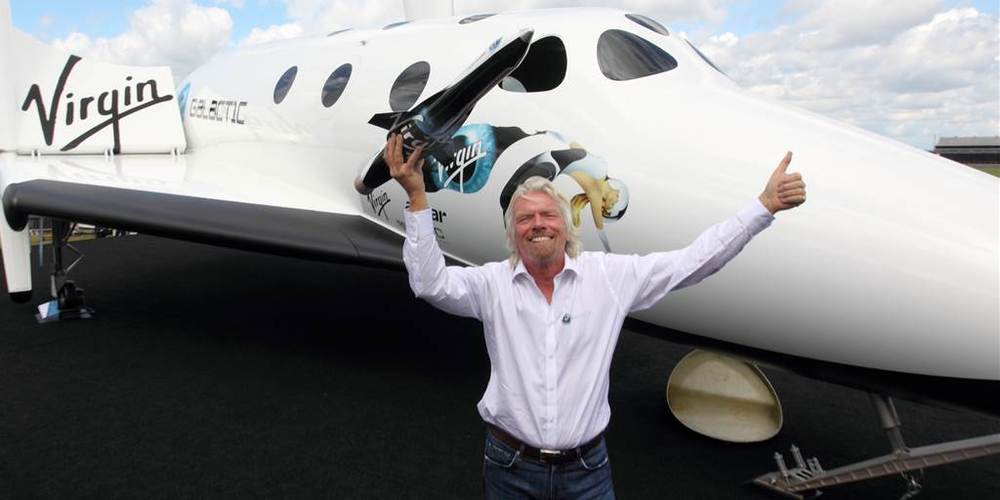
British billionaire plans to make a suborbital flight on the 50th anniversary of the Apollo 11 moon landing.
Sir Richard Branson stands beside the Virgin Galactic spacecraft at the Farnborough International Airshow on Nov. 7, 2012 in Hampshire, England. Steve Parsons / PA Images via Getty Images file.
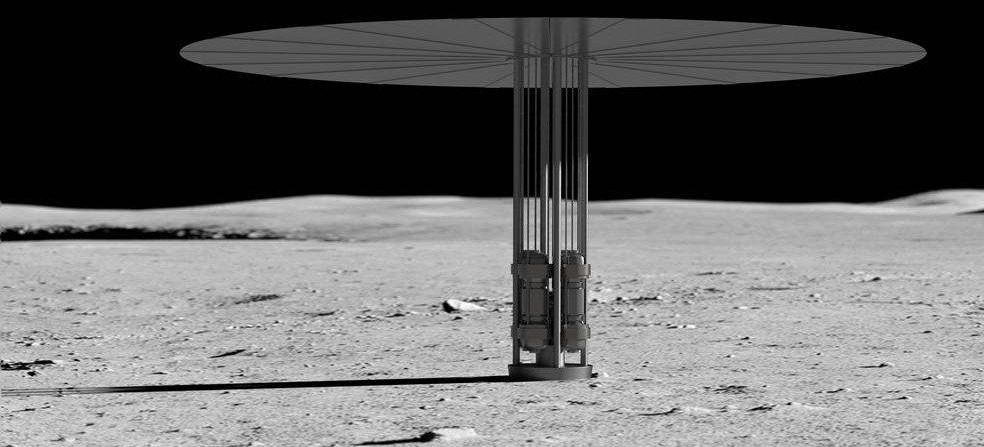
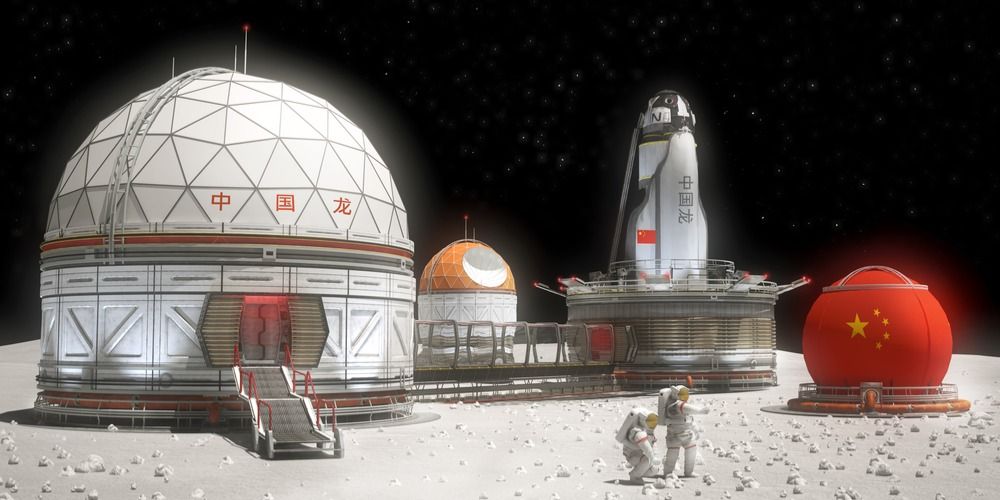
In January, the deputy head of the CNSA Wu Yanhua explained that Chang’e 5 and 6 would serve as missions to return samples from the moon while Chang’e 7 will survey the South Pole, this lunar area is of great interest for human colonies since holds water ice. Yanhua added that they hope Chang’e 8 will be able to test out some technologies and explore the moon to determine how to build a joint lunar base that multiple countries can share.
Once again, China is not the only one who wants to send humans back to the Moon. Both NASA and the ESA have plans in the works. The ESA’s new director-general, Jan Woerner introduced plans for a permanent Moon base in 2016. His ideal ‘Moon village’ would be home to a diverse set of people such as scientists and artists, as well as public and private organizations. The lunar base would serve many purposes such as astronomical research, tourism, or mining minerals.
Ariel Ekblaw, the founder of the MIT Media Lab’s Space Exploration Initiative, is also looking to “democratize space.” Thus, he has formed multi-disciplinary research groups studying everything from robotics and synthetic neurobiology to architecture, art, space, and even design.
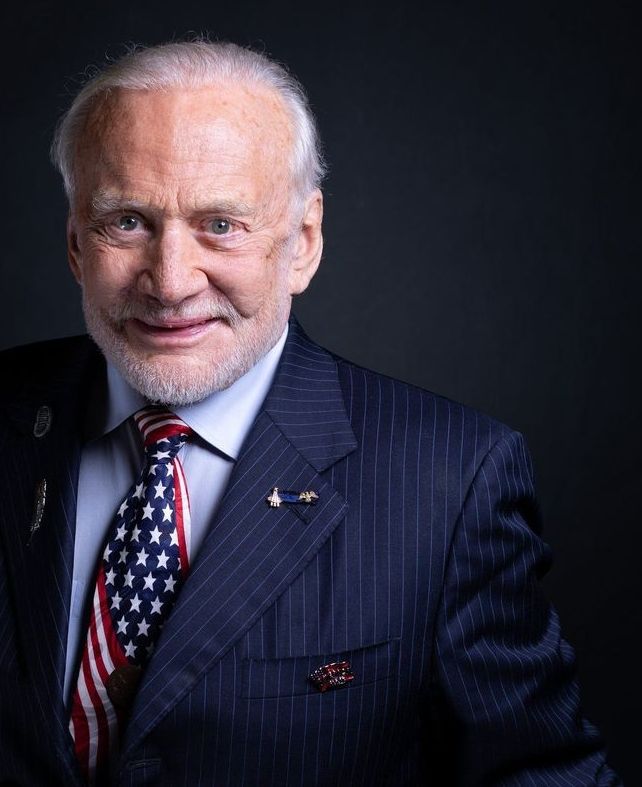
He and Neil Armstrong were the first men to set foot on the moon as part of the Apollo 11 mission. Fifty years ago, Buzz planted the American Flag on the face of the moon. He has written 9 books, is a recipient of the Presidential Medal of Freedom and the Congressional Gold Medal, and is a tireless advocate for space exploration and discovery.

Longevity Vision Fund has exited stealth with plans to invest $100 million in startups with aspirations to extend healthy lifespans. The fund, which is linked to the founder of XPrize, will pump the money into biotechs and other longevity startups based around the world in seed to series B rounds.
Sergey Young, the founder of Longevity Vision, unveiled the fund at an event in London this week. Young is the cofounder of Peak State Ventures and an innovation board member at XPrize Foundation, a nonprofit known for running competitions to incentivize advances in fields including suborbital space flight.
At Peak State, Young and his colleagues invest in fields well outside of longevity, including property and education. But Young has established a foothold in the longevity space, leading to him becoming development sponsor of Longevity XPrize and a longevity partner at Bold Capital Partners.